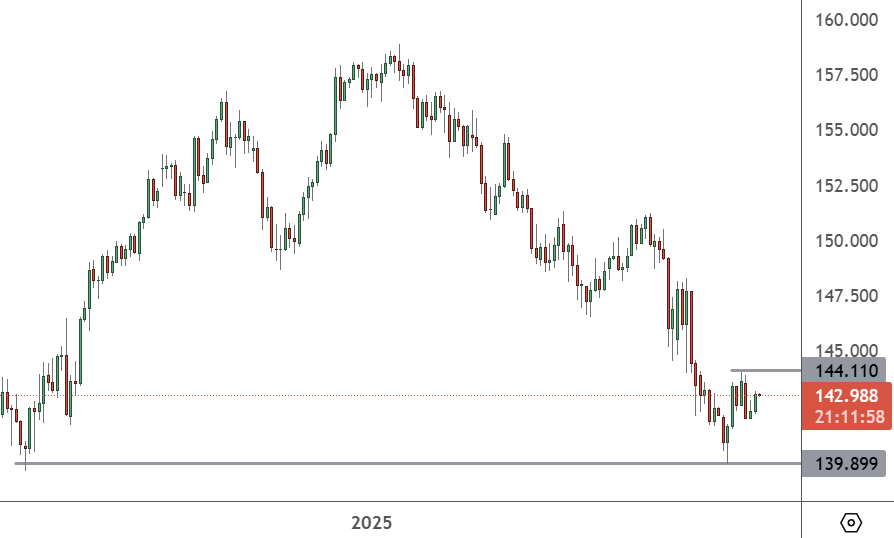Oil prices steadied in Asian trade on Tuesday after falling sharply at the beginning of the week, as sharp price cuts on oil sales by Saudi Arabia ramped up concerns over sluggish demand.
The world’s largest oil exporter slashed the prices of its exports to Asia and parts of Europe, with prices of Asian exports falling to their lowest in 27 months.
The move came amid growing concerns over slowing crude demand, particularly in major Asian consumers such as China. It also came as Saudi Arabia grapples with increasing competition for oil buyers, as other Middle Eastern and African countries increased production in December.
The trend presented more headwinds for oil prices- with demand appearing weak, while markets are likely to remain well-supplied for at least the first half of 2024.

USOIL 4-hour chart
Brent oil futures expiring in March rose 0.2% to $76.30 a barrel, while West Texas Intermediate crude futures rose 0.1% to $70.98 a barrel by 20:02 ET (01:02 GMT). Both contracts plummeted over 3% each Monday, wiping out all gains in the first week of 2024.
Saudi price cuts high OPEC production present price headwinds
In addition to the Saudi price cuts, Reuters data also showed that oil output from the Organization of Petroleum Exporting Countries and Allies (OPEC+) unexpectedly increased in December.
The rise came as production cuts by Saudi Arabia and Russia were primarily offset by increased production from other producer group members.
Disagreements over more production cuts saw OPEC+ member Angola leave the cartel in December, presenting doubts over how much headroom the group had to keep supporting oil prices.
OPEC+ production cuts for 2024 had largely underwhelmed markets, given that they were voluntary and of a smaller margin than oil bulls hoped. The reductions and increasing oil production in other parts of the world- particularly the US- showed that markets will be less tight in 2024 than initially expected.
Crude prices marked a positive first week of 2024, aided by fears of Middle Eastern supply disruptions as the Israel-Hamas war raged on. However, the support proved limited, as traders saw little impact on global supplies from the conflict.
Monday’s losses also erased any price gains over the past week, putting oil prices back on course towards a six-month low.
Oil markets were also on edge before key economic readings due this week. US inflation data is due on Thursday and is widely expected to factor into the path of interest rates. In contrast, due to Friday, Chinese inflation and trade data are expected to offer more clues on the world’s largest oil importer.


